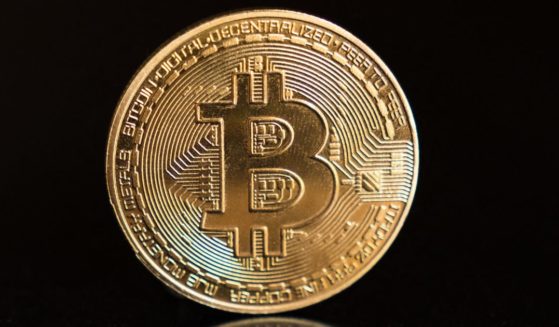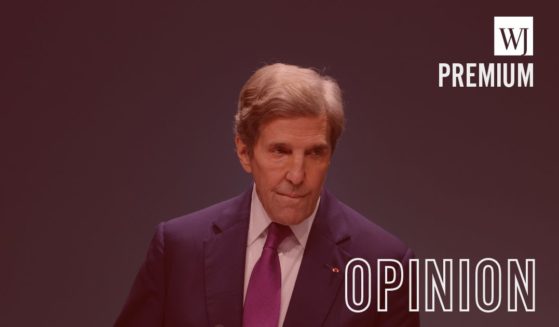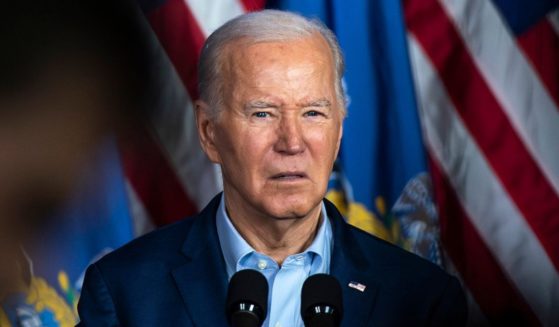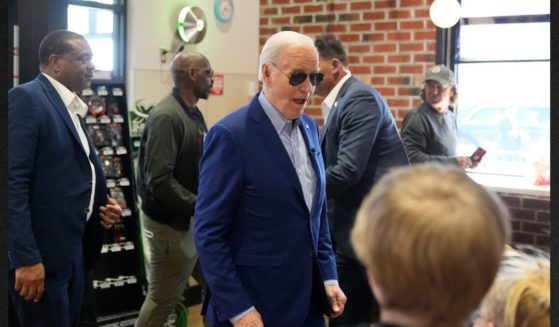Electric Vehicle Makers Are Quietly Switching to a Battery Type That Has Even Less Driving Range
As more car manufacturers race to try to produce electric cars, the cost of the batteries to power these cars can be prohibitive. But many manufacturers are considering using a cheaper kind of battery in order to cut costs and enable more production.
However, though using a cheaper kind of battery would be more cost-efficient, the battery range of vehicles would decrease, the Wall Street Journal reported.
The typical batteries used in American and European EVs are lithium-ion batteries. But these are made with very expensive materials such as cobalt, nickel and lithium, Reuters reported.
These materials have never been cheap, but the price has continued to increase over the last few years.
In September of 2022, cobalt cost about $51,603 per metric ton, Statista reported.
Nickel is currently costing just under $29,000 per metric ton, Trading Economics reported.
Along with the high prices, the U.S. has also required EV manufacturers to start getting more of their material from North America, which is one more expensive step, CNBC News reported in August.
“The result: new cost pressures for what was already an expensive process,” CNBC noted.
In light of these costs, manufacturers are now considering switching to lithium-iron-phosphate batteries (LFP). These are the most commonly used battery in Chinese EVs, the Journal reported.
Due to the use of iron and phosphate, the batteries would thus be cheaper.
Iron only costs $92.29 per metric ton, currently, according to Daily Metal Prices.
Meanwhile, phosphate rock cost about $317.50 per metric ton at the end of October, GlobalEconomy.com reported.
One benefit of these batteries that use iron is that they are less flammable, which has been an issue with lithium-ion batteries, the Journal reported.
But the tradeoff of having a lower driving range for EVs in order to have these cheaper batteries is something that manufacturers are trying to find a way around by playing with the design behind the popular Chinese LFP batteries in order to make them last longer, the Journal added.
One other significant downside to the increased use of LFP batteries in the West, however, is that it will force the producers in Europe and the U.S. to really rely on China.
“[T]he supply hub for LFP cells is heavily concentrated in China, leaving auto makers more dependent on Chinese battery supplies at a time when the industry is trying to wean itself from dependence on China for EV technology,” the Journal explained.
But the incentive of lower costs appears to be very enticing to manufacturers, despite any of the apparent drawbacks.
“We underestimated the LFP use case. Iron batteries will go global,” research from Tim Bush, an equity analyst and EV battery researcher, read, according to the Journal.
Along with the LFP batteries, Reuters also reported that there might even be a shift to sodium-ion and lithium-sulfur batteries in the coming years since “that could be up to two-thirds cheaper than today’s lithium-ion cells,” the outlet noted.
Reuters noted that the sodium-ion and lithium-sulfur batteries are still being tested and need some serious improvement, but it seems to be one more sign of an increasing scramble among EV producers to innovate and find ways to cut costs.
Truth and Accuracy
We are committed to truth and accuracy in all of our journalism. Read our editorial standards.












